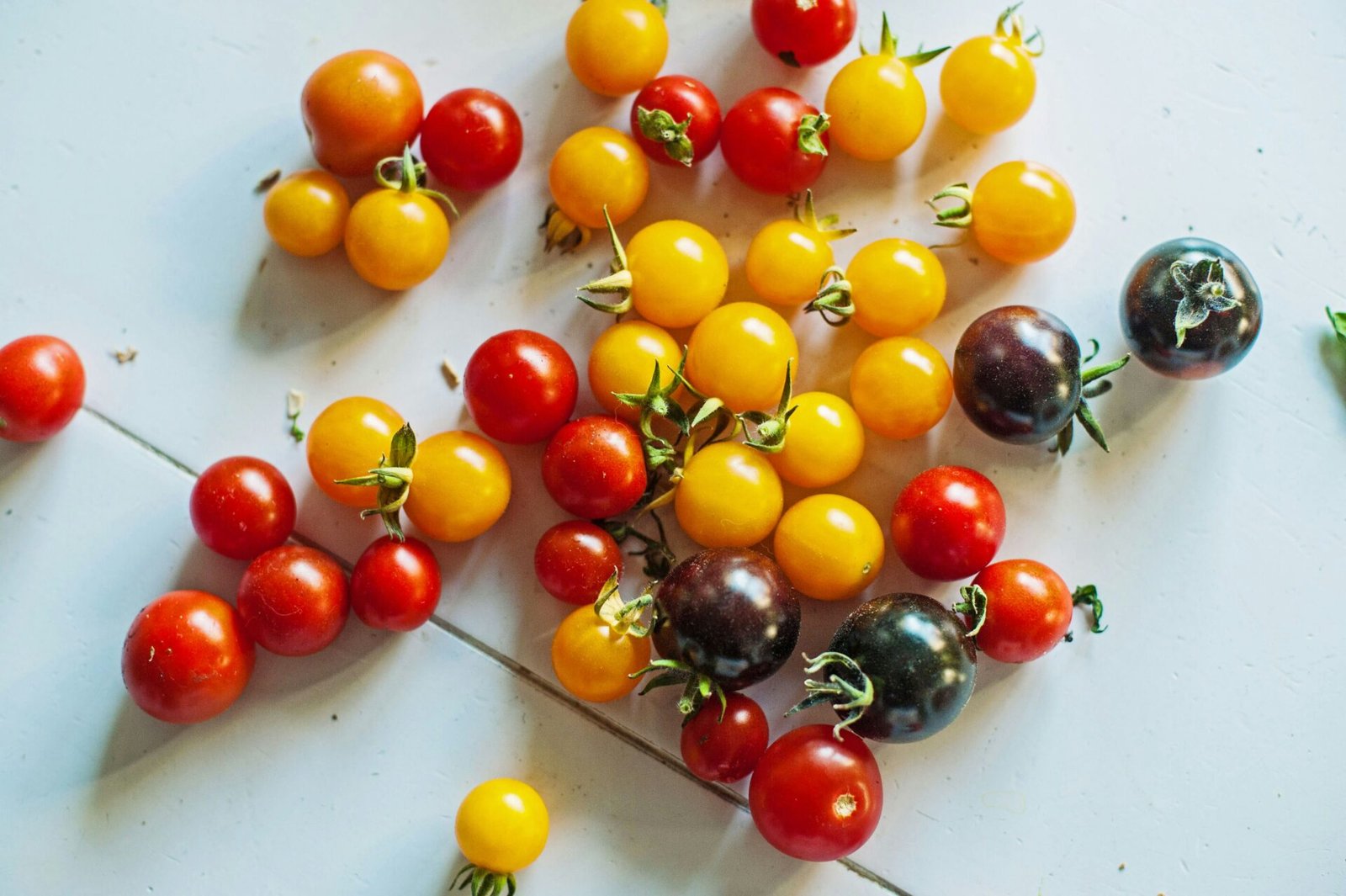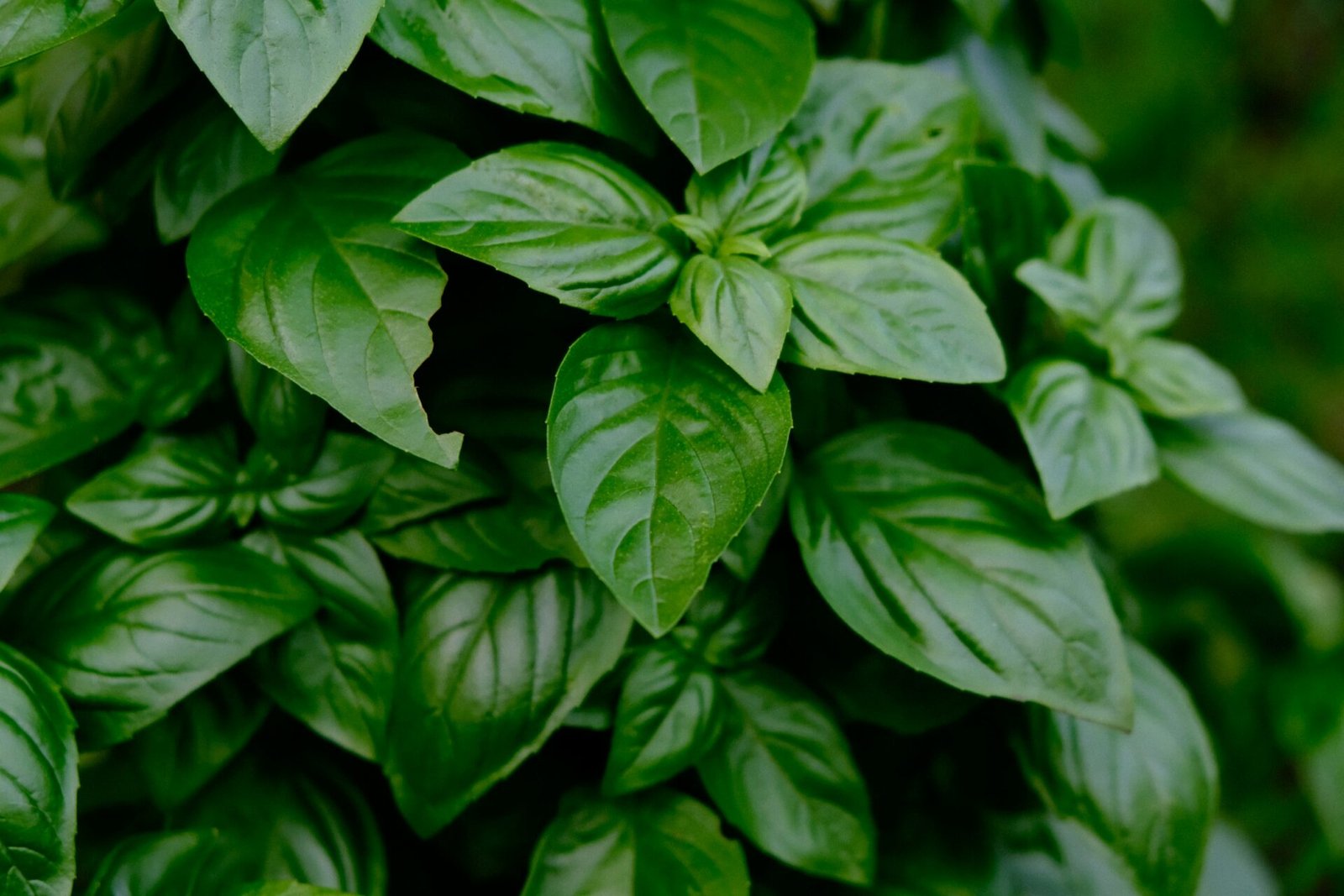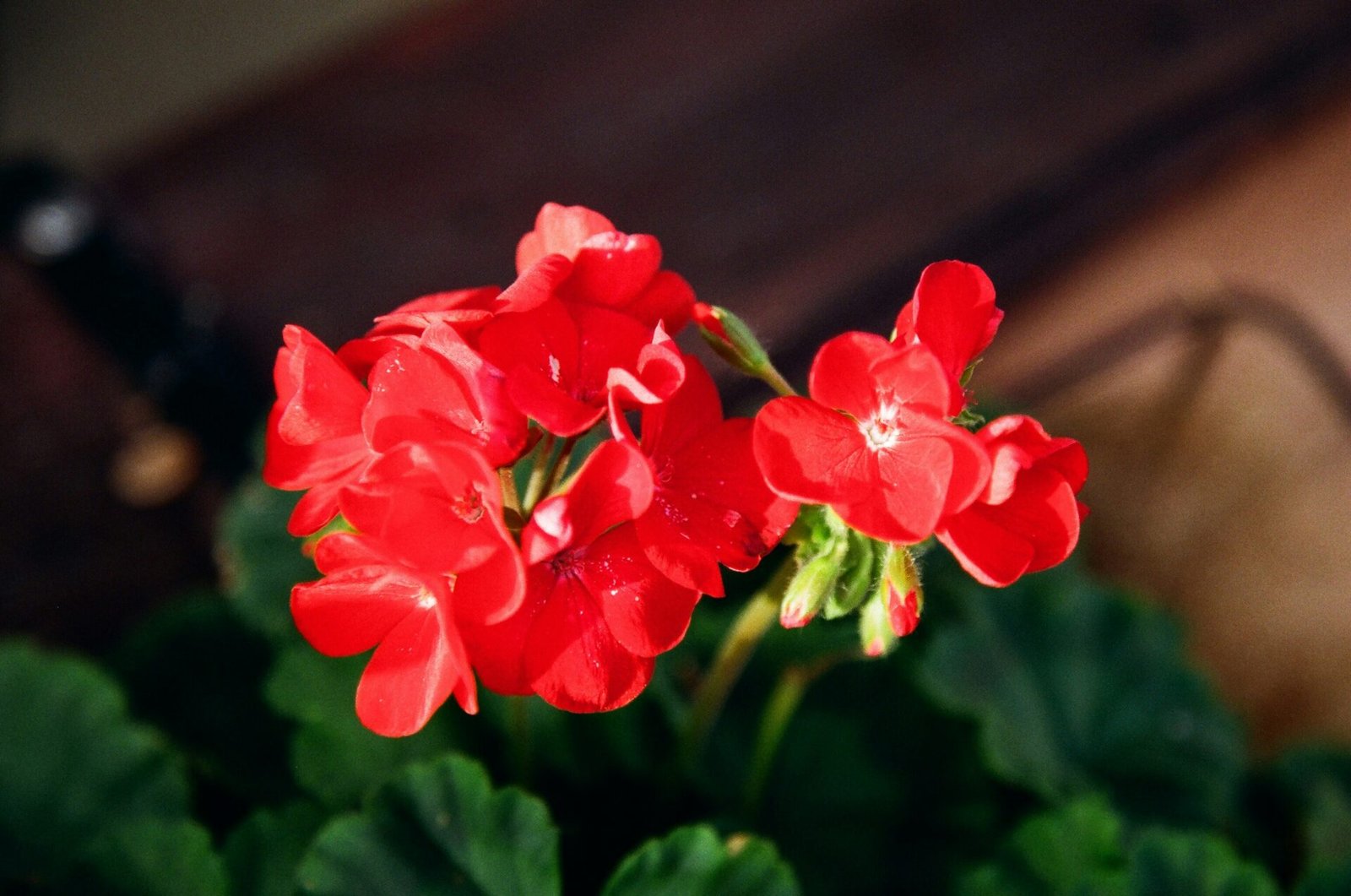Urban gardening’s become my go-to for adding a splash of green to my concrete surroundings. Living in the city doesn’t have to mean giving up on the dream of having your own little patch of nature. Even without a yard, I’ve discovered creative ways to cultivate plants and enjoy fresh produce.
I’ve learned that balconies, windowsills, and even walls can become lush spaces with the right approach. It’s all about maximizing what you’ve got and thinking outside the traditional garden plot. Join me as I dive into the world of urban gardening without a yard, and I’ll share the tips and tricks that have turned my small spaces into a thriving green oasis.
Choosing the Right Plants for Urban Gardening
When delving into urban gardening, selecting plants that thrive in limited space and potentially less than ideal conditions is crucial. Space constraints dictate a focus on hardy, high-yield varieties that don’t require deep soil to flourish.
Consider Your Environment
Every plant has its preferences, and urban settings have unique challenges. Sunlight exposure and air quality are two major factors to weigh in. It’s important to observe the amount of direct sunlight your potential garden area receives daily.
Here’s a quick list of plants categorized by their sunlight needs:
- Full Sun (6+ hours of direct sunlight)
- Partial Shade (3-6 hours of direct sunlight)
- Shade (less than 3 hours of direct sunlight)
Selecting for Success
Choose plants that are known for their urban adaptability. For beginners, it’s often wise to start with herbs and leafy greens which are not only manageable but also add fresh flavor to meals. If you have a bit more experience, consider fruit-bearing plants that can be supported by trellises or hanging arrangements.
Space Maximizing Strategies
Growing vertically is an innovative way to make the most out of your limited area. Think about installing shelves or using stackable planters. This method allows for a variety of plants to coexist and even thrive together. For plants requiring deeper roots, consider long and narrow containers that can be placed along edges or railings.
Keep in mind that container material can affect the plants’ health — terracotta pots are porous and allow the soil to breathe, reducing the risk of root rot, while plastic containers can retain moisture better in hotter climates.
Remember, the key to successful urban gardening is to start small and expand as you gain more confidence and experience with your plants. And always be sure to check plant compatibility if you’re planning on grouping them together; this prevents issues with nutrients, space, and light competition.
Maximizing Vertical Space: Wall Gardens and Hanging Plants
When you lack horizontal space for your urban garden, look up – your walls and ceilings hold untapped potential. Creating a living wall or hanging garden can transform barren vertical spaces into lush, green environments.
Wall gardens are not only visually striking but they also enhance air quality and can even reduce noise levels. To establish one, you’ll need a sturdy wall and suitable planters that can be mounted or potted. Opt for lightweight materials to ensure your wall can support the garden’s weight. For the best results, consider the following points:
- Use a combination of soil, hydroponic, or felt fabric planting systems.
- Select plants with shallow root systems to avoid overly heavy planters.
- Incorporate a mix of trailing and upright plants to create a dynamic visual effect.
Hanging plants add another layer to your gardening game by transforming ceiling space into an aerial oasis. To make the most of this approach, consider these factors:
- Ensure ceiling hooks or fixtures are securely installed to hold plant weight.
- Use cascading plants like pothos or spider plants for a waterfall effect.
- Remember that hanging plants will still need accessible water and care.
By integrating both wall gardens and hanging plants, I create a multi-dimensional experience that takes full advantage of my limited urban setting. It’s essential to monitor the health of your vertical garden, just as you would with any other, paying special attention to watering needs as these systems often dry out faster.
When planning an urban garden that lacks traditional ground space, incorporating vertical strategies such as wall gardens and hanging plants can make all the difference. It’s an innovative and aesthetic way to bring more greenery into your life and make use of every square inch available.
Container Gardening on Balconies and Windowsills
Container gardening is a game changer for city dwellers with a desire to bring nature into their homes. Even within the confines of an apartment, balconies, and windowsills can be transformed into thriving green spaces. Selecting appropriate containers and understanding the limitations and capabilities of your space are essential for successful urban gardening in these areas.
When I started my container garden, I focused on mobility and weight. Your balcony may have weight limitations, so opting for lightweight materials like fiberglass or resin can be crucial. For windowsills, smaller containers are a must, and they should be equipped with a tray underneath to catch any water overflow.
Here’s what you should consider when embarking on balcony or windowsill gardening:
- Drainage: Make sure your containers have holes to prevent waterlogging. Plants dislike having their roots soaked for too long.
- Size: Larger containers retain moisture longer, requiring less frequent watering. However, ensure they fit comfortably in the space you have available.
- Material: Besides weight, the material of your pot can affect soil temperature and moisture retention. Terracotta pots are porous and cool but dry out quickly, while plastic and metal can get quite hot in the sun.
For those with limited space, maximizing every inch is critical. I’ve learned to create depth and interest by using a variety of pot sizes and heights, arranging them so that each plant receives adequate sunlight. I’m also mindful of the role of color and foliage texture in crafting an appealing container garden.
Windowsills present a unique opportunity for gardeners. They can host a range of sun-loving herbs and flowers, becoming a source of culinary inspiration or a floral escape. I’ve successfully grown herbs like basil and chives on my sunny kitchen windowsill, providing fresh flavors within arm’s reach.
Incorporating climbers or trailing plants can add a vertical dimension to balcony gardens, drawing the eye upward and making the most of available space. Installing brackets for hanging pots or a small trellis for vines can dramatically enhance the garden’s aesthetic.
Remember, each plant’s watering needs will vary; consistent checking and a good watering routine are vital for container gardening success. Seasonal changes can greatly impact your balcony or windowsill garden, so adapting your plant care with the seasons will keep your garden vibrant all year round.
Utilizing Indoor Spaces for Urban Gardening
When it comes to urban gardening, I’ve found that lack of outdoor space doesn’t mean gardening is off the table. Instead, indoor spaces become opportune areas to flex your green thumb. The key to making the most of these areas is selecting the right locations within your home. It’s important to identify spots with adequate natural light or consider investing in grow lights for healthier plants.
I typically recommend starting with windowsills as they are often underutilized. Herbs such as basil, chives, and mint thrive in these sunny spots and bring the added bonus of fresh flavors to your cooking. To further optimize space, think about hanging pots or installing shelves where planters can sit – a practical yet chic solution that aligns with your living space’s aesthetics.
Don’t overlook the potential of other spaces in your home. Empty corners, the tops of bookshelves, and even unused nooks can house various plant species. Here’s what to consider:
- Temperature: Make sure these areas aren’t prone to cold drafts or excessive heat from radiators.
- Humidity: Bathrooms with natural light can be great for moisture-loving plants.
- Accessibility: Choose spots that are easy to reach for regular watering and plant maintenance.
A popular technique to maximize indoor gardening potential is the use of hydroponic systems. These allow for soil-free growing, which is perfect for clean, indoor environments. If you’re curious about modern urban gardening methods, exploring hydroponics can be both rewarding and productive.
As I’ve grown more plants indoors, I’ve also become an advocate for smart planters. These high-tech pots often feature built-in lighting and self-watering mechanisms, making it simpler for those with busy lifestyles to maintain a thriving indoor garden.
Here are some additional tips for indoor gardening success:
- Rotate your plants occasionally to ensure even growth on all sides.
- Prune regularly to promote new growth and a fuller appearance.
- Introduce beneficial insects like ladybugs to indoor gardens to help control pests.
Taking Advantage of Community Gardens and Shared Spaces
Community gardens and shared spaces are fantastic solutions for urban gardeners without a yard. In these communal areas, I’ve found a sense of camaraderie as everyone works towards a common goal: growing fresh, healthy food and beautifying our neighborhood. For those who might feel restricted by their lack of personal outdoor space, shared gardens offer a chance to cultivate your green thumb.
When I first joined a community garden, I was struck by the variety of resources available. Most community gardens provide the essentials – plot space, soil, and water. What’s more, seasoned gardeners are often on hand to share their knowledge, which is invaluable for beginners or those looking to expand their plant repertoire.
I also learned that these spaces often host workshops and classes that can cover topics from composting to seed saving. Participating in a community garden has taught me not just about gardening, but about sustainability and local stewardship.
Here are some factors to consider when looking into community gardens or shared spaces:
- Location & Accessibility: How close is the garden to your home? Can you easily get there to tend to your plants?
- Cost: Is there a fee to join, and if so, what does it cover?
- Rules and Guidelines: What are the guidelines about what you can plant, and how are chores and maintenance duties divided among members?
- Community Involvement: What kind of community events or educational opportunities does the garden offer?
Maximizing urban space doesn’t end with personal spaces and indoor gardening. Public plots and shared gardens amplify the benefits of gardening by fostering social interaction and community involvement. In my experience, the joy of harvesting a crop that I’ve nurtured with my neighbors adds a layer of satisfaction that goes beyond just the palate.
Whether you’re looking to grow food, flowers, or just spend time outside, community gardens represent a vital resource for urban dwellers. They provide the extra plot of land, the collective knowledge, and the shared experience that can turn the dream of a garden into a reality. So don’t hesitate to reach out to your local community garden association or visit a shared space to see what it’s all about. It’s remarkable what a group of gardeners can achieve when they come together with a shared vision.
Conclusion
Urban gardening’s a creative adventure that thrives even without a traditional yard. I’ve shared how to pick plants that flourish in your unique urban space and maximize every inch with vertical gardens and stackable planters. Remember, the right container can make all the difference for your plant’s health. If you’re looking for camaraderie and additional resources, community gardens and shared spaces offer a wealth of opportunities. There’s an undeniable joy in nurturing plants and you’ll find it multiplies when shared with neighbors. So don’t hesitate—dive into the world of urban gardening and let the magic of growing your own greens transform your urban dwelling into a lush oasis.
Frequently Asked Questions
What is urban gardening?
Urban gardening is the practice of cultivating, processing, and distributing food in or around urban areas, utilizing small or limited spaces such as balconies, rooftops, or shared community spaces.
How do I select the right plants for urban gardening?
Choose plants based on the sunlight exposure and air quality of your space. Beginners should start with herbs and leafy greens, while more experienced gardeners can try fruit-bearing plants.
What are some space maximizing strategies for urban gardening?
To maximize space, consider growing plants vertically or using stackable planters. This makes efficient use of limited areas by taking advantage of vertical space.
What should I consider when choosing container materials for plants?
Consider the material’s durability, permeability, and how the material interacts with soil and water. The right container helps ensure the health of the plants by providing proper drainage and insulation.
What are the benefits of participating in community gardens?
Community gardens offer numerous benefits, including access to resources, shared knowledge, and the joy of gardening with others. They allow gardeners without private land to engage in urban gardening.
What factors should I consider when looking into community gardens?
Look into the garden’s location, cost, participation rules, and level of community involvement. These factors help determine if a community garden is the right fit for you.





